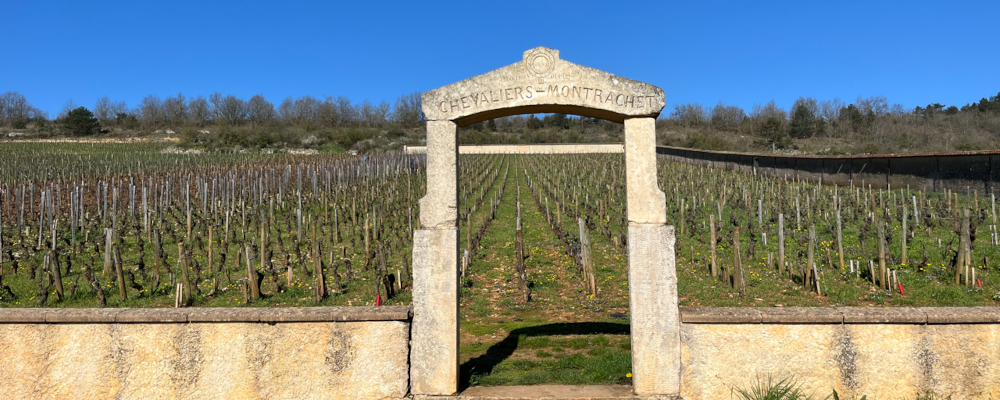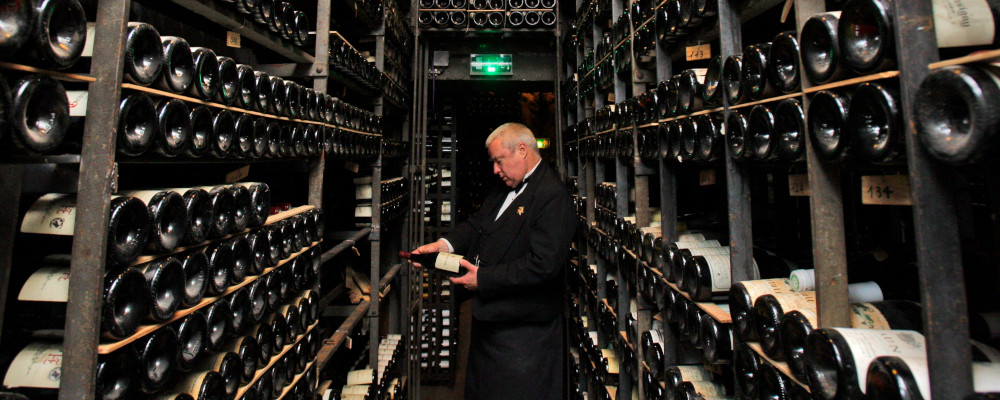A bottle of the Edouard Delaunay Échezeaux Grand Cru 2020 is currently €278.83 a bottle at the esteemed negotiant’s website. That’s about $400 CAD, though how one would get the bottle here, and what additional duties one might pay for a bottle, is beyond a simple Google search. It would likely cost even more.
The Delaunay winery, which is owned and operated by Laurent Delaunay, great-great-grandson of Edouard, made only 492 bottles and 48 magnums of wine from the Pinot Noir grown in the Grand Cru Vineyard known as Échezeaux (not to be confused with its neighbour, the even more esteemed Grands Échezeaux), which is roughly between Romanée-Conti and the Clos Vougeot. Actually, it gets even more specific, since it comes from rows on a specific lieu-dit, or site, Les Rouges du Bas, which, being higher up the hill from others, has more limestone in its soil.
I know these details, as well as that the wine spent 17 months in French barrels (half of which were new) and that no sulfites were added, because I am reading them off of a tasting booklet I received as a guest at dinner at a large medieval castle in the heart of la Bourgogne.1Because the vignerons of la Bourgogne showed me no limit of hospitality, and wish the English-speaking wine press to use the French word for their beloved region, I am sticking with la Bourgogne and not the word in English for a dark, wine-like red colour. One explanation for this wish is Bourgogne is what is printed on the label of the wines. Given at the former home of the Grand Duke Philippe le Hardi, it was a dinner called Grandes Maisons Grand Crus, featuring some of the more sought-after labels from 20 of la Bourgogne’s great houses, like Delauney, William Fèvre, Jean-Marc Brocard, Albert Bichot, Boisset, Bouchard Père et Fils, Faively, Joseph Drouhin, Louis Jadot, and Louis Latour, to name a few.

I had traveled to France as a guest of the Bureau Interprofessionnel des Vins de Bourgogne who had invited me and some of my colleagues to this blowout dinner as a last-night celebration of the six days of tasting that made up the biennial Grand Jours de Bourgogne. It began in the vaulted ceiling cellars of the castle, where the wineries set up tasting tables on top of barrels on a gravel floor. We tasted only Grands Crus from 2020, beginning with Chablis, and then moving into reds and whites from one of the 33 Grand Cru appellations.
These wines are literally the 1 percent of the wines from Bourgogne, at least in terms of wine production. To be poured so many at once (36 by my count) was a bit overwhelming. Tightly packed in the cellar, the atmosphere was more like a party than a professional tasting, and the atmosphere was convivial, and the guests chatted with representatives of the Maisons, like Albéric Bichot and Monsieur Delaunay. There weren’t a lot of notes being taken, nor much spitting.
The Grands Crus represented ranged from the famous, like Clos Vougeot, to the insiders’ favourites, like Musigny. The great advantage of the big house, the negotiants, is of course they have holdings and or buy grapes from all over. During the day, when I attended more structured, formal tastings at Les Grands Jours, I would often look for the tables of big houses to get their take on whichever Côte or appellation we were going to be immersed in for the next couple of hours.
This strategy, though admittedly haphazardly implemented depending on which houses I more or less stumbled upon, or didn’t have long lines, proved sound enough. I don’t think one goes to the wines of la Bourgogne for stylistic surprises, and in fact there were few between the houses, nor between the houses and the smaller domaine producers. This is particularly true in the rarefied air of the Grands Crus, but also in the Premiers Crus and Villages appellations.
And up in the Grands Crus stratosphere, the thing about making wines that fetch hundreds of euros a bottle is that one can afford to invest in their production. There are no clunkers in this category. At four years old they were generally a bit tight, but also generally open enough to be enjoyed now, so if one wished to open a bottle when one’s case was delivered, one wouldn’t be disappointed.

An early frost in 2023 reduced yields between a third to a half of normal levels and created a supply shock that drove the prices of Vins de Bourgogne through the roof, where they’ve stayed. Generous yields in 2022 and 2023 have meant that prices have at least stabilized. The disaster of 2021 has left many producers wary of bad surprises, so they are expected to hold back inventory just in case it’s needed in a year or two.
The insatiable demand for the Grands Crus of Bourgogne has, in some cases, created an inverted market where some wines cost more on release than older vintages on the secondary market. The bad news is that having seen most of the Grands Crus vineyards with my own eyes, I can safely report that they are unlikely to get bigger, and supply will not increase. The good news is that there are sublime wines being made further down the appellation and price pyramid from neighbouring vineyards.
Back to that Delaunay Echezeaux 2020: what I remember about it was the clarity of the forest fruit. Raspberry and blackberry notes were not loud; they were elegant but they resonated and hummed, wrapped in fine tannins for what seemed like a long time into the finish. In fact it’s that quality that I remember about the Grands Crus. The Chablis were particularly mineral and citrus, the whites from further south brought peach on top of the lemon, and a fancy dash of wood sweetness. And the reds worked slowly to reveal their fruit.




